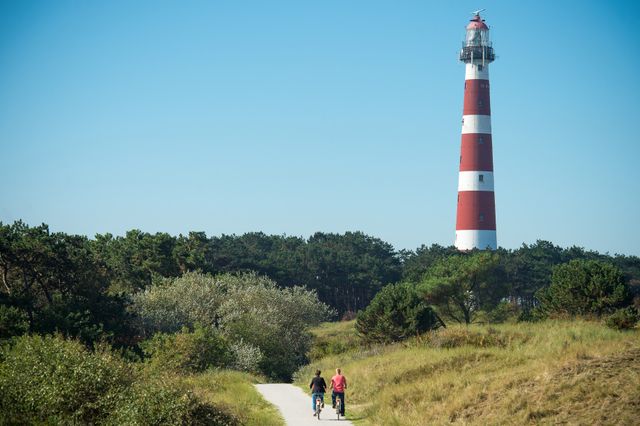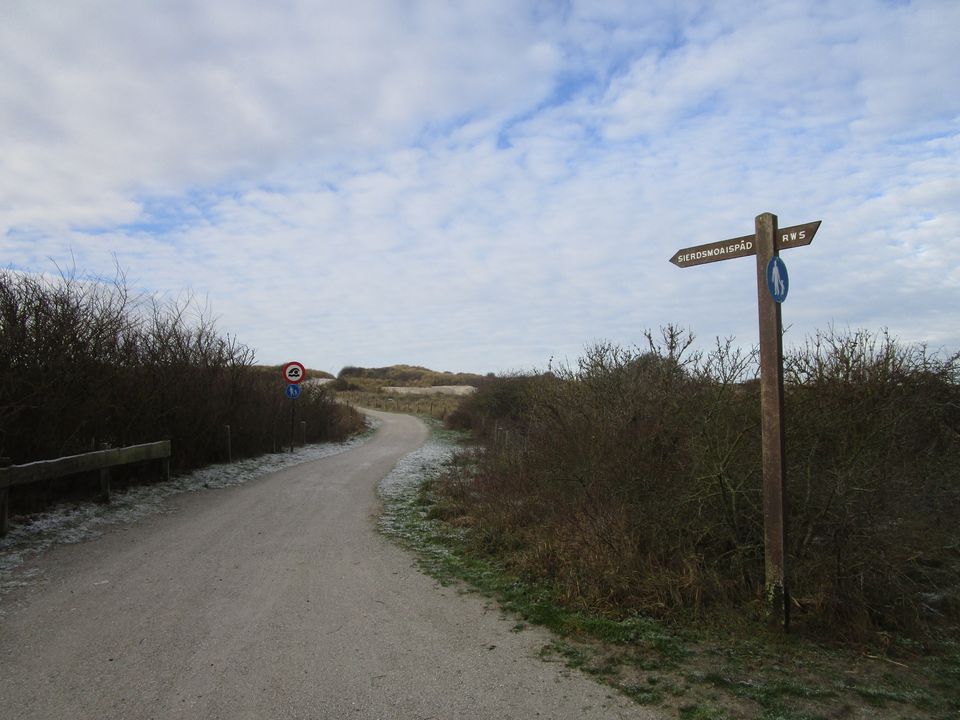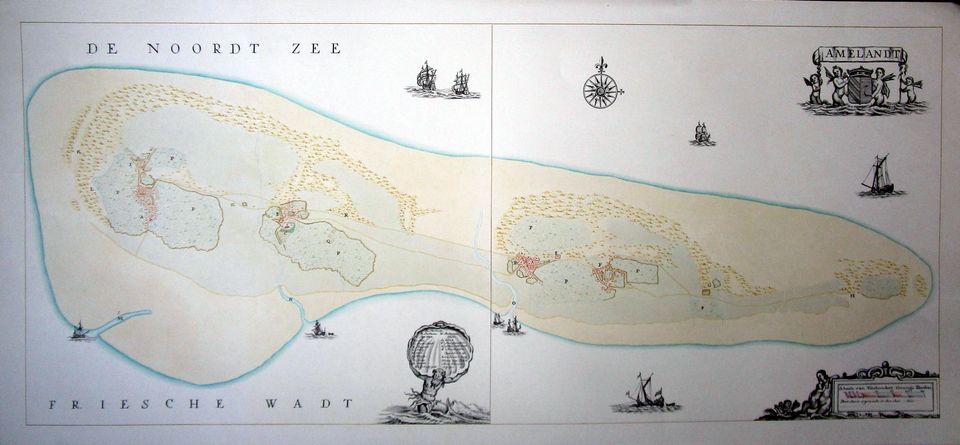Lost villages
Until late in the 19th century Ameland was completely at the mercy of the sea. A few small dikes had been built to protect agricultural land but they were helpless against the raging storms that hit the island. These storms devastated the island and a great deal of its original surface area was lost. Entire villages such as Sier, Oerd and Swartwoude were lost to sand drifts and raging floods. Discover the stories about storms and dike construction in the landscape hall in the Nature Center in Nes.
The story of Sier is very intriguing indeed; it disappeared and reappeared again! The tiny hamlet of Borndiep, on the western tip of the island, was probably already inhabited as early as the 13th century. Raging floods and drifts from the dunes made it less and less attractive in the 16th and 17th century. Inhabitants tore down their wooden houses and rebuilt them further up on the island near Hollum. And Sier disappeared from the map.
But midway through last century some of its fundaments began to reappear. The construction of the Afsluitdijk had changed the currents in the Wadden Sea.
The strong current in Borndiep washed away parts of the western dunes, exposing some of Sier’s remains, including 208 old wells made of clay and oak haring tubs. They turned out to be wonderful archives filled with lots of different tools (you can see them in Museum Sorgdrager in Hollum).
But what about the hamlet of Sier itself? Nothing at all is left. The Wad has reclaimed it and so shall it remain, under water for all eternity. The only traces left are the name of the ferry, a street sign and the path through the dunes at the end of the Badweg in Hollum: the ‘Siermoaispad’.
DISCOVER THE STORY WITH THIS ROUTE:
-
Water Heritage
Water Heritage

-
Ameland
Ameland


